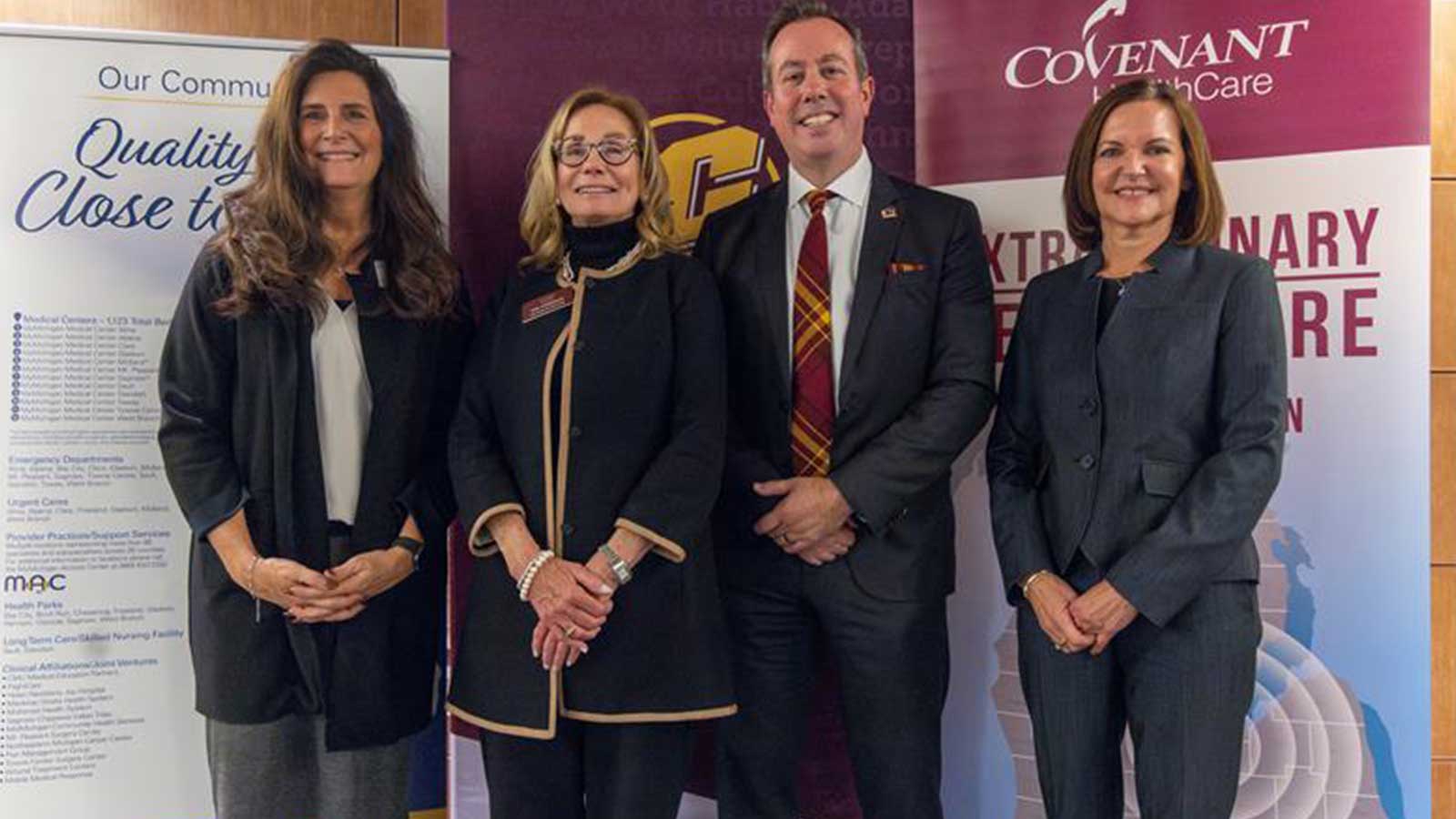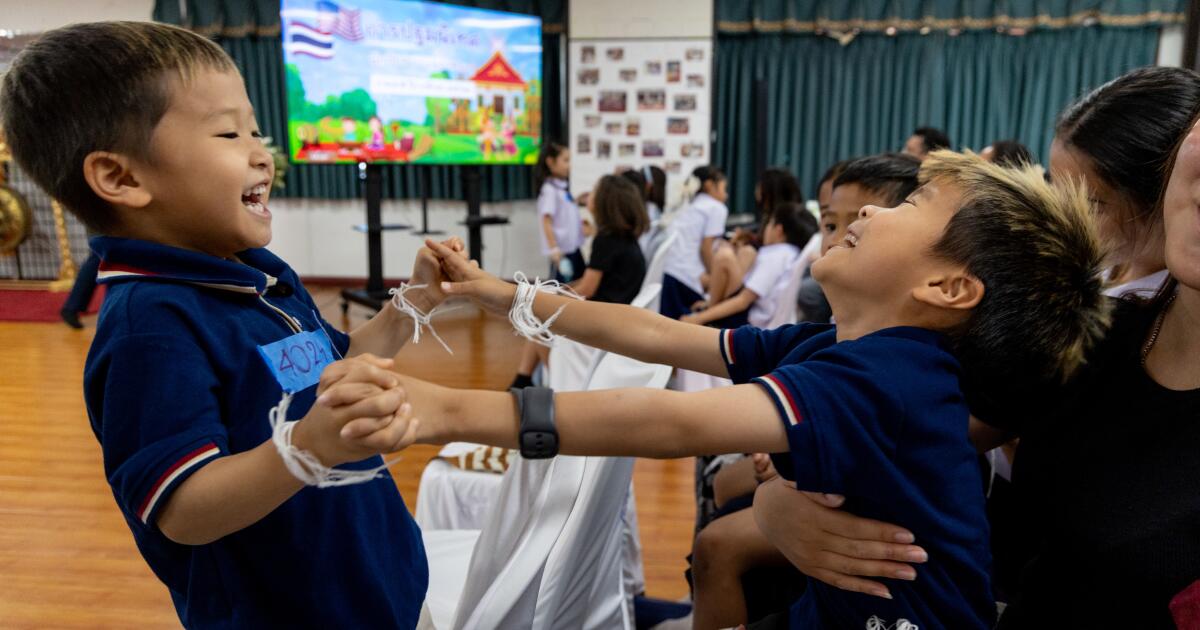
Healthcare disparities in the United States are most pronounced in rural areas and among senior populations. Seniors often have multiple chronic conditions and face mobility challenges, while rural residents frequently struggle with limited access to healthcare facilities and medical professionals. In both cases, the challenges are compounded by long distances to healthcare centers, lack of healthcare infrastructure, and an insufficient number of trained healthcare providers.
However, technology is stepping in to address these longstanding challenges, offering solutions that bring care closer to home, enhance the quality of care, and reduce access gaps. From telemedicine to health monitoring apps, technology is transforming the role of healthcare in senior and rural communities. This article explores how innovations are transforming healthcare delivery for these vulnerable groups, thereby enhancing access to essential services.
Telemedicine: Revolutionizing Remote Healthcare Access
Telemedicine is one of the most significant technological advancements in the healthcare field, particularly for rural residents and seniors. For individuals living in remote areas with limited access to healthcare providers, telemedicine enables them to consult with doctors, specialists, and therapists without the need for long-distance travel. This not only saves time and money but also provides individuals with timely access to care that they might otherwise have missed.
For seniors, telemedicine has become an invaluable tool for regular consultations, follow-up care, and mental health support. Many seniors face mobility issues, making it challenging to visit a healthcare provider in person. With telemedicine, patients can have consultations in the comfort of their own homes, enabling better management of chronic conditions, such as hypertension or diabetes, and reducing the need for unnecessary hospital visits.
Moreover, telemedicine ensures that seniors living alone or in isolated regions can still access healthcare services. The convenience of virtual check-ups encourages seniors to maintain regular medical appointments and receive timely medical advice, which can significantly improve their health outcomes.
Remote Health Monitoring: Continuous Care Without Boundaries
Remote health monitoring technology has grown in significance, particularly in managing chronic diseases common among seniors and rural populations. Wearable devices and home-based sensors enable healthcare providers to track vital signs in real-time. These devices can monitor blood pressure, heart rate, blood sugar levels, oxygen saturation, and other critical metrics, transmitting the data to medical professionals for assessment.
For rural patients who may not have easy access to specialty care, these devices allow for continuous monitoring and early intervention. For example, a senior with diabetes can wear a continuous glucose monitor (CGM) that alerts them to fluctuations in their blood sugar levels. If a critical change occurs, the healthcare provider is notified and can intervene quickly, preventing further complications.
This technology also reduces the need for frequent in-person appointments, making it a cost-effective solution. For seniors with mobility issues or those living in rural areas, regularly traveling to clinics can be physically challenging. Remote monitoring addresses this issue by enabling providers to remotely assess their patients’ conditions and adjust treatment plans accordingly, ensuring that patients remain on track with their care without the need for extensive travel.
Artificial Intelligence and Machine Learning: Enhancing Diagnostic Accuracy
Artificial intelligence (AI) and machine learning (ML) are revolutionizing healthcare by enhancing diagnostic accuracy, particularly in rural and senior healthcare settings where specialists are in short supply. AI algorithms are capable of analyzing vast amounts of medical data, including imaging, lab results, and patient history, to detect diseases and conditions that human providers might miss.
For example, AI is increasingly being used in radiology to detect early signs of cancer, such as in mammograms or CT scans. In rural areas where access to radiologists may be limited, AI can quickly analyze medical images and provide immediate feedback to healthcare providers. This can expedite the diagnosis process, enabling earlier treatment and improved outcomes.
Machine learning also plays a significant role in predictive analytics, allowing healthcare providers to identify patients at high risk for certain conditions, such as heart disease or stroke. By analyzing patient data, including lifestyle factors, family history, and clinical information, AI systems can predict the likelihood of health issues developing and suggest preventive measures. This proactive approach can prevent serious health complications and improve overall health management in rural and senior populations.
Health Information Technology (HIT): Streamlining Care Coordination
One of the key challenges in rural and senior healthcare is the fragmentation of care. Seniors often see multiple healthcare providers for various conditions, and rural residents may need to travel to different facilities for specialized care. Without proper coordination, this can lead to duplication of tests, missed treatments, and gaps in care.
Health Information Technology (HIT), such as Electronic Health Records (EHRs) and Health Information Exchanges (HIEs), helps streamline care coordination. These technologies enable healthcare providers to securely share patient data, ensuring that all providers involved in a patient’s care have access to the same information. This reduces the risk of medical errors, prevents redundant tests, and ensures that treatment plans are aligned.
For rural patients who may visit different clinics or specialists across large distances, the ability to share medical records electronically means they don’t have to repeat their medical history at every visit. This improves efficiency, reduces patient frustration, and enhances the overall healthcare experience.
Virtual Health Communities: Social Support and Information Sharing
For seniors, social isolation is a significant issue that affects both mental and physical health. Technology can help address this by creating virtual communities where seniors can engage with peers, access healthcare information, and receive emotional support. Virtual health communities—whether through apps, social media, or senior-focused online platforms—connect seniors with others who may be facing similar health challenges.
These communities provide a space for sharing experiences, seeking support, and receiving guidance from healthcare professionals. Additionally, they can provide seniors with access to online wellness programs, fitness sessions, and health education, helping them stay active and informed. In rural areas, where social isolation is often more pronounced, these virtual communities can provide much-needed connection and support.
Technology’s Role in Expanding Access to Mental Health Care
Mental health care has become a growing concern for seniors and rural residents. For seniors, conditions such as depression and anxiety are often overlooked or untreated due to the stigma surrounding mental health or the lack of access to mental health professionals. In rural areas, where mental health providers may be scarce, technology provides a means to deliver essential services.
Teletherapy, online support groups, and mental health apps provide accessible options for those who might otherwise struggle to receive care. These digital solutions enable seniors and rural residents to access therapy from licensed mental health professionals without the need to travel long distances or wait for in-person appointments. As mental health continues to be a critical issue, technology is ensuring that those who need help the most can access it.
The Need for Expanding Broadband Access
While technology offers immense potential to improve healthcare delivery, its success is ultimately dependent on broadband connectivity. Rural areas often lack reliable internet access, making it difficult for patients to utilize telemedicine, remote monitoring, and other digital health tools. Expanding broadband access is, therefore, a critical step in ensuring that rural populations can fully benefit from healthcare technology.
Federal and state initiatives to expand broadband infrastructure are crucial to enhancing healthcare access for rural communities. By ensuring that everyone, regardless of location, has access to high-speed internet, healthcare delivery will become more equitable and efficient for underserved populations.
A Healthier Future Through Technology
Technology has the power to transform healthcare for seniors and rural populations, bridging the gaps that have historically led to poor health outcomes. From telemedicine and remote monitoring to AI-driven diagnostics and virtual communities, innovations are making healthcare more accessible, personalized, and efficient. However, for technology to fully realize its potential, continued investment in infrastructure, training, and policy support is necessary.
As we look to the future, technology will continue to play a central role in reshaping how care is delivered to underserved populations. By embracing these innovations, we can ensure that everyone, regardless of age or location, has access to the quality healthcare they deserve.
link







